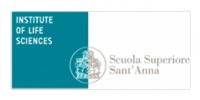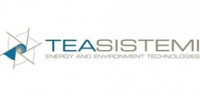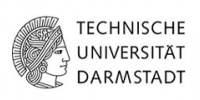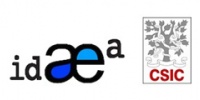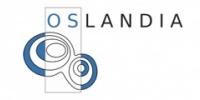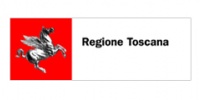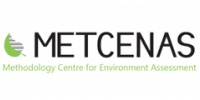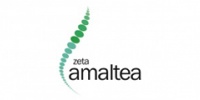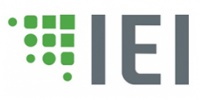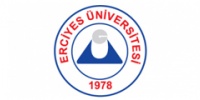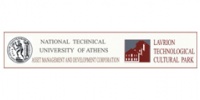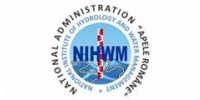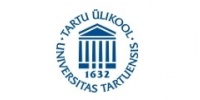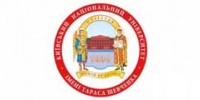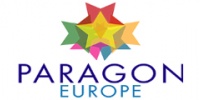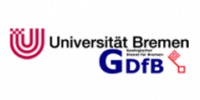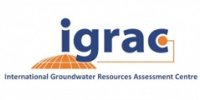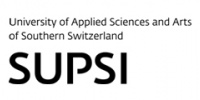 This project has received funding from the European Union’s Horizon 2020 research and innovation programme under grant agreement No 642224
This project has received funding from the European Union’s Horizon 2020 research and innovation programme under grant agreement No 642224
WP description:
The objective of this WP is to apply the FREEWAT platform to case studies to solve selected issues for the implementation of the WFD, Groundwater Directive (GWD) and other water related Directives in order to:
- demonstrate the advantages of using the platform;
- use FREEWAT to develop scenarios for water resources management under the requirements of the WFD and GWD and other water related Directives for each case study;
- compare the results of different case studies and provide suggestions for improvements of the FREEWAT platform with respect to the practical application of WFD and GWD and other water related Directives.
Nine case studies from 8 different countries are related to the application of the WFD/GWD: 1) Banat Plain, Romania, 2) Selisoo, Estonia, 3) Lavrion, Greece, 4) Vrbanski plato, Slovenia, 5) Lovosice, Czech Republic 6) Bremenhaven, Germany, 7) Follonica aquifer, Italy, 8) Gozo Island, Malta 9) Lugano lake, Switzerland. The selected case studies are of particular interest because they cover a variety of topics and problems related to the application of the WFD/GWD and they will help testing and exploring all the capabilities included in FREEWAT.
In summary:
1) In the Banat Plain aquifer, the shallow aquifer is used for drinking water supply and the potential impact of climate change to its depletion needs to be studied also because of potential water contamination due to the existence of industrial and agricultural activities.
2) The aim of the study in the Selisoo area is to assess the effect of underground mining and its possible future extension to a neighbouring wetland.
3) The aquifer system of Lavrion combines typical problems of water resources management of coastal regions, i.e. groundwater quality deterioration due to seawater intrusion and overpumping. The GW modelling tools provided within the FREEWAT platform will be used to optimise the water resources of the karst aquifer for irrigation, combat seawater intrusion and minimise concentrations of nitrates in the unconfined aquifer.
4) The banks of the Drava river are used to infiltrate water and this represents a first step of managed groundwater recharge and a comprehensive model to manage pumping, the recharge and possible pollution it is needed to plan future recharge scenarios.
5) Lovosice basin is located at the confluence of the Ohře river and the Lower Elbe river, north of Lovosice city. The FREEWAT platform will be applied to describe the groundwater flow regime of a multi-layered aquifer system, which is in contact with the Elbe river and an abandoned gravel open pit. Water quality issues related to industrial and agricultural contaminants are matter of concern.
6) The groundwater model developed for the city of Bremenhaven is used by local authorities to manage groundwater extractions rights in order to preserve the groundwater body from both quantity and quality (risk of seawater intrusion) perspectives. It refers to the WFD application.
7) The Follonica aquifer faces problems of overexploitation for civil and industrial purposes, pollution related to high concentration of heavy metals, and saline intrusion.
8) Gozo is the second largest island in the Maltese archipelago and its main source of water used for the municipal supply and for agricultural activities is the sea level aquifer system underlying the whole island. The objective is to assess the quantitative status of the aquifer system and to tackle the seawater intrusion in response to future groundwater management and climate change scenarios.
9) The Lugano lake is a transbundary surface water body between Switzerland and Italy. The objective is to provide information on the interaction between baseflows and the Lugano lake, in order to better understand the dynamics of the water bodies and setting up a transport simulation model to provide guidance on the diffusion of dissolved substances (e.g., phosphorus) that can reach the lake.
Further information on the case-studies are provided in the related section.

